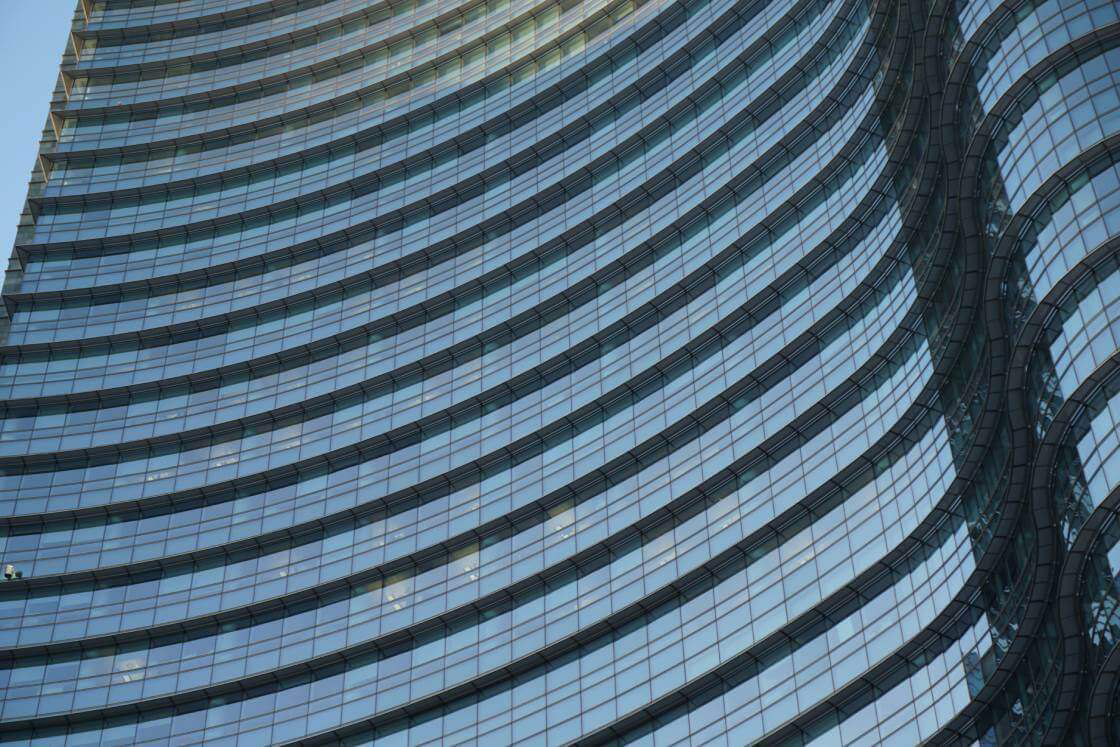The construction and property industries have seen radical cost increases since 2020. Building materials, supply chain disruption and labour shortages among other issues have increased the price of property repairs which, in turn, impact the sums insured on property insurance policies. This article will summarise the challenges affecting the construction industry, how these impact policyholders and brokers, and will offer suggestions on how to mitigate the risk of property underinsurance.
The key challenges impacting the construction industry
Rising cost of materials
The data are clear: the price of building materials has increased significantly in the UK and Europe, particularly in the last 18 months. In the UK, the cost of materials for ‘All work’ – that is, those required for new housing, new work, repairs and maintenance – increased by 8.7% between March 2022 and March 2023 1 , and 4.7% between April 2022 and April 2023 2 .
In Europe, the construction cost for new residential buildings has been steadily rising since 2020, with some countries – Turkey and Hungary in particular – experiencing dramatic price rises 3 . Across the E.U. and in the U.K. there has been significant price volatility quarter on quarter. Higher demand for construction projects post-pandemic has also increased materials costs.
Rising energy costs
One contributing factor to materials’ price rises is the high cost of energy across Europe, as manufacturers pass the cost of their increased energy bills on to their customers 4 . Construction companies are also directly impacted by higher energy rates, which push up the cost of their energy-intensive builds and transport. Sharp rises in fuel costs in the future may again negatively affect shipping and logistics as was the case in 2022 5 .
Availability of materials
Supply chains continue to be disrupted, with the war in Ukraine affecting materials shipping across Europe 6 . Additionally, in many European countries, productivity in the manufacturing sector has been unstable, increasing sharply and decreasing month on month, which impacts availability 7 .
Shortage of skilled workers
Many construction businesses in Europe are concerned about the shortage of available labour 8 . Across the continent, construction workers are leaving the industry or retiring without adequate numbers of new labourers to replace them. In the U.K., the effect of Brexit has further exacerbated this problem. The shortage of skilled labour has lowered supply and increased demand, resulting in much longer lead times to have property builds or repairs completed.
Sustainability and ESG considerations
As businesses formulate their net-zero goals, some are looking to more expensive eco or sustainable materials in their property build or repair plans. This presents a challenge for construction companies and their workers, as learning how to use and deploy new materials may require extra training and come with greater risks.
With building materials now more expensive, disrupted supply chains and fewer construction workers available to work, the cost of and the lead times for property repairs, renovations or rebuilds have increased dramatically. This can impact commercial property insurance policyholders because they may be underinsured, concerning both sums insured and maximum indemnity periods.
What is property underinsurance?
Put simply, underinsurance occurs when the sums insured on a policy are lower than the value of the insured item. With a commercial property insurance policy, the sums insured may be too low if the property was not valued recently or it was valued incorrectly. For example, if the value of a property or its potential materials damage costs were determined before an unprecedented increase in building supplies costs or inflation, the sums insured may not accurately reflect market value and the predicted cost of repairs if required.
If a property is not adequately insured for the correct sums, then there is a significant risk that should the policyholder need to make a claim, the value of the property and the associated claim costs may be judged to be significantly more than what is covered by the policy. In this event, Average may apply and the policyholder will bear a proportion of the claim relative to the percentage of the underinsurance.
How does this affect me?
Whether you are a policyholder or a broker, it’s vital to understand the impact that the issues outlined above may have on your policy’s cover for materials damage and business interruption. For policyholders, it’s important to obtain an up-to-date reinstatement valuation of your property for material damage risks and revisit maximum indemnity periods to ensure that your policy accurately covers the current and projected value of your property as well as any potential business interruption loss suffered during the period of reinstatement.
For brokers, advising clients to consider the adequacy of the sums insured under their property insurance policies is more important than ever, as is keeping proper records on clients’ insured assets. Additionally, it’s crucial to make clients aware of the importance of accurately calculating potential business interruption costs and adequate maximum indemnity periods, bearing in mind the high cost of building materials, the long lead times to obtain repair materials and contractors’ availability.
Conclusion
There are myriad complex and interrelated factors affecting the value of properties, the potential cost of material damages and the business interruption cost and period length should a claim need to be made. Property insurance policies should include adequate sums insured that reflect the up-to-date reinstatement valuations and maximum indemnity periods, to avoid the risk of underinsurance and therefore a potentially costly financial exposure to policyholders.
2 https://www.gov.uk/government/statistics/building-materials-and-components-statistics-may-2023
3 https://ec.europa.eu/eurostat/databrowser/view/teiis510/default/line?lang=en
7 https://ec.europa.eu/eurostat/databrowser/view/teiis510/default/line?lang=en
8 https://www.statista.com/statistics/1332937/limitations-in-the-construction-sector-eu/
All content in this material is for general information purposes only. It does not constitute personal advice or a recommendation to any individual or business of any product or service. Please refer to the policy documentation issued for full terms and conditions of coverage.
Chubb European Group SE (CEG) is an undertaking governed by the provisions of the French insurance code with registration number 450 327 374 RCS Nanterre. Registered office: La Tour Carpe Diem, 31 Place des Corolles, Esplanade Nord, 92400 Courbevoie, France. CEG has fully paid share capital of €896,176,662. UK business address: 40 Leadenhall Street, London, EC3A 2BJ. Authorised and supervised by the French Prudential Supervision and Resolution Authority (4, Place de Budapest, CS 92459, 75436 PARIS CEDEX 09) and authorised and subject to limited regulation by the Financial Conduct Authority. Details about the extent of our regulation by the Financial Conduct Authority are available from us on request.
Insights and expertise














